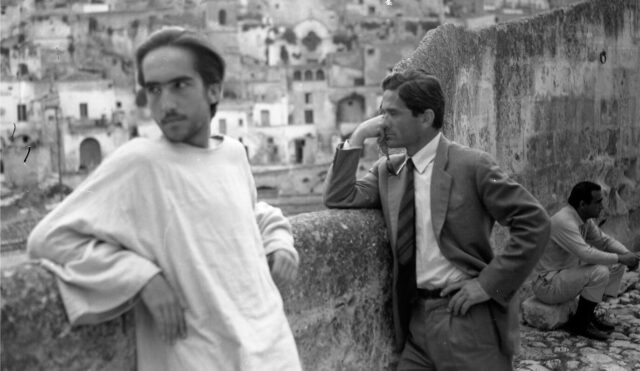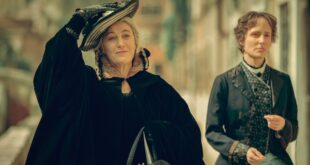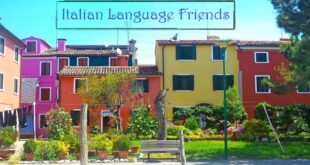
Pier Paolo Pasolini continues to be one of the most relevant filmmakers in world cinema. This month, he is being honored for his centennial year. Born on March 5, 1922, in Bologna, the renowned poet, filmmaker and intellectual would have turned 100 next month.
We’ve discussed Pasolini’s 1964 film, “Il Vangelo Secondo Matteo” (The Gospel According to St. Matthew) many times in this blog and in the printed edition of the magazine. It’s become an annual tradition in my household to watch the film during the Lenten season. What continues to amaze me is how the film stays so relevant.
Just recently, I found a rare interview with Pasolini on location in Basilicata while he was shooting the film. The interview was posted by Rai Teche. The journalist also interviews Alfonso Gatto, a poet who was cast as St. Andrew.
As we’ve mentioned before, the film was named by the Vatican as among the best film adaptations of one of the Gospels. Filmed in neorealist style, it was shot on location in the regions of Calabria, Puglia and Basilicata. In an interview with RAI television while on location in Matera, Pasolini talked about the reasons for shooting there. “I chose two or three places in Basilicata. One is Barile, a town of Albanians. I needed a place for Bethlehem. Another location is Matera because it reminded me of Jerusalem,” he explained.
The sassi of Matera has served as a setting for a host to many biblical films throughout the years precisely for the reasons stated by Pasolini. The stone structures of the city, which date back to the Neolithic era, have been the perfect backdrop for generations of biblical interpretations.
Pasolini’s version is pure with no added commentary. He said that he followed the Gospel word for word without adding a single syllable. He explained in the interview that his idea to make the film happened by coincidence. “In October of 1962, I was in Assisi exactly the day when Pope John XXIII arrived in Assisi. All of the events and confusion surrounding the Pope’s visit caused a traffic jam. So, I was forced to stay at home with my guests who belong to the Pro Civitate Christiana of Assisi. So, held up inside with nothing to do, I picked up the Bible on the table and started reading. I began with St. Matthew because it was the first, and then came the trauma of the story. Then I read the others but the intense trauma that gave me the idea of the film came from St. Matthew. So I stayed loyal to that first feeling of inspiration.”
The Gospel’s dialogue coupled with Luis Enríquez Bacalov’s exceptional musical arrangement results in a monumental but objective masterpiece. “I did not want to reconstruct the life of Christ as it really was, I wanted to make the history of Christ plus two thousand years of Christian storytelling about the life of Christ,” Pasolini explained.
What a gift this journalist gave us. I took a few soundbites from the video and added subtitles to them. To view them, click here.
For the complete interview in Italian on Rai Teche, click here.
 Fra Noi Embrace Your Inner Italian
Fra Noi Embrace Your Inner Italian





